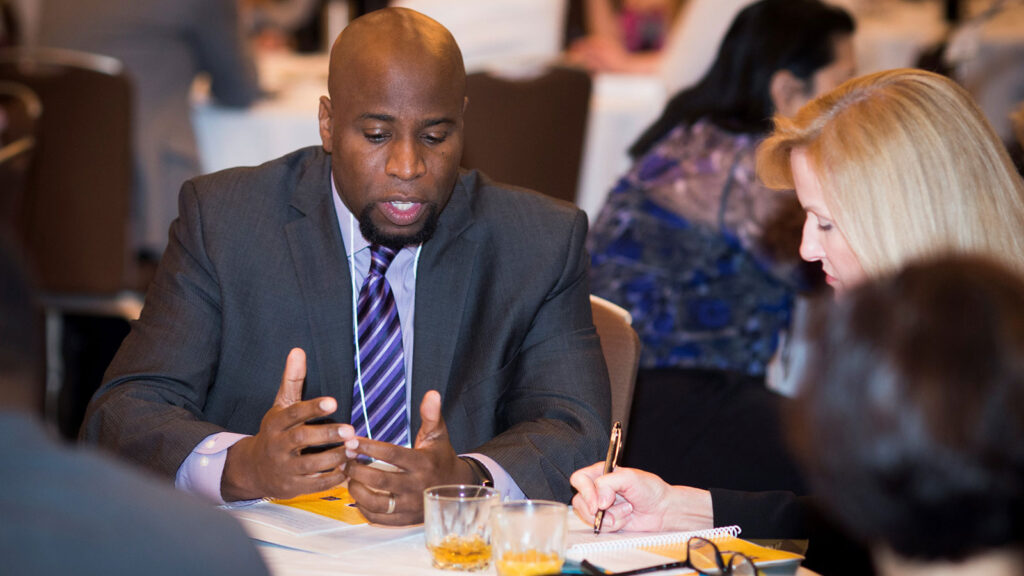By Kathleen Enright
In January, I had the opportunity to join the Minnesota Council on Foundations’ Annual Meeting of Members to speak about the connection between culture and effectiveness. Aside from always enjoying the opportunity to spend time with our 2016 National Conference regional partners, I was grateful for the opportunity to reflect on and share where our work on organizational culture will be going in 2016.
We are convinced that a positive internal culture is an essential bedrock for effective philanthropy. We are also equally convinced that, as a sector, we have habitually neglected this important contributor to our success. We know that as a field, we need to do more to have a conversation on the connection between culture and effectiveness. To help those who want to think carefully about the culture they have and the culture they want, we have created a culture microsite. You can explore what others in the field are writing about culture, as well as find The Source Codes of Foundation Culture, our first report on this topic.
Our work so far suggests that the cultural source codes of philanthropy have their roots in other fields such as banking, academia, hospitals or for-profit corporations. Though these cultures have strengths, often foundations also display the least helpful aspects of these cultures, whether it’s the tendency toward elitism and a preoccupation with credentials that afflicts many universities or the metrics mania characteristic of many for-profits. Culture may be something that happens whether we spend any time thinking about it or not, but good culture only happens with intentionality and constant tending.
When I think of the shining examples of positive culture among our community, I think of leaders like Carrie Picket-Erway, CEO of the Kalamazoo Foundation in Michigan. She has been deliberate and systematic in her cultivation of a productive culture since she took the helm of the foundation four years ago. She specifically focuses on modeling behaviors by herself and the senior team. She puts herself on the front-lines in creating a culture of feedback. Not only did the organization invest to train staff to give positive and constructive feedback, she created a challenge to reinforce the practice. Every time someone gave her feedback, they took a marble out of a big jar on her desk. The person with the most marbles got a prize and there was a little celebration when the jar was empty. This not only encourages staff to give her feedback — it makes it a clear expectation.
Suffice it to say that, though we still have much to learn, we know that culture is powerful. It has the ability to either amplify or depress our effectiveness. If we get culture right, our organizations can accelerate progress. But, if we get it wrong, we can find ourselves up against a strong and invisible adversary in nearly everything we attempt. This is such an important area for our sector, and I’m thrilled that in 2016 we’ll be able to do more to highlight bright stars in our field, effective practices, and ways for us to all move forward with more intentionality and thoughtfulness.
Hopefully 2016 will be a year of experimentation and growth for both GEO and our community. I’d love to hear what you will be working on and what your thoughts are about your organization’s culture.

